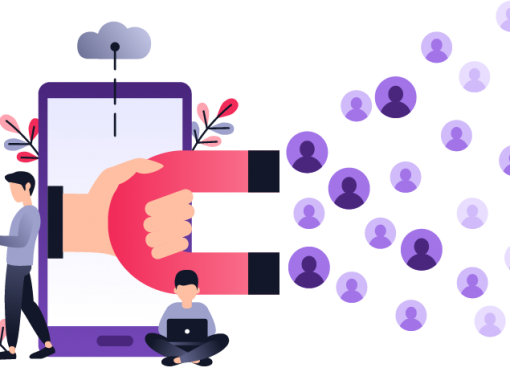
Average handle time, or AHT, is one of the most tracked metrics in call centers. In this article, we will look at what it is exactly, how to calculate it, why it’s vital, and more. We will even learn about how you can lower it.
What Is Average Handle Time?
It is simply the time it takes to help a customer in a call center, but it is not so simple. It involves the complete customer interaction from the time a customer calls in until the after-call work is finished, so it is not the same as the average call time.
AHT should be tracked by your call center software because it relates to agent performance and customer satisfaction. In theory, the quicker an agent can handle a caller’s query, the happier that customer will be and the more callers that agent will handle at the same time.
According to Gartner, it is one of the top five KPIs you should track in your call center, along with first-call resolution, speed of answer, customer satisfaction score, and net promoter score.
How to Calculate Average Handle Time
This is the most common formula used to calculate AHT:
(Total Talk Time + Total Hold Time + Follow Up Time)/Total Conversions
Let’s look at an example to see how this formula is used.
Say you answered eight calls today and spent a total of one-hour talking, 10 minutes on hold, and 10 minutes updating the CRM with notes. Here is the result:
(60 + 10 + 10)/8 = 10 minutes AHT
Once you have calculated the AHT, you can use it to predict the best number of agents to have on staff at any time of the day so customer experience doesn’t take a hit during peak periods.
Why Use Average Handle Time?
Because there is no reason not to. As you see from the formula above, it doesn’t take a mathematician to understand or even calculate it, but it plays a crucial role in tracking and improving customer experience.
If customers spend more time than they like with your support staff, they can form a negative opinion of your company, the type of opinion they tell others and post in online reviews. The reason is simple. The perfect AHT is 0. They would rather not even have to talk to you and just have their issues fixed.
Of course, call center leaders know that total customer experience is more important than a single phone call. Still, this metric is important because it affects the customer satisfaction score, which measures customer experience.
What Is a Good AHT?
This is a good question, and the answer is it depends. It depends on what your current AHT is. Any improvement there is better than before. One way you can determine if your current AHT is good is by looking at the average AHT per company size and sector.
A study by Cornell University calculated the average handle time for various sectors. Here are some of the results:
| Sector & Company Size | Average Handle Time (Minutes) |
| Large Business | 8.7 |
| Telecommunications | 8.8 |
| Retail | 5.4 |
| Business & IT Services | 4.7 |
| Financial Services | 4.7 |
Numbers like this will give you an idea of where your AHT stands concerning the rest of the businesses in your industry, but it is still up to you to determine what a good AHT is in your specific business. It also helps to have a different AHT per service type. You can’t expect the service calls to only take as long as a customer checking on their delivery.
In the end, you can only determine a good AHT by comparing it with NPS (net promoter) and CSAT (customer satisfaction) scores. NPS will tell you who will recommend your company to others, and CSAT will tell you how satisfied your customers are with your service. Using NPS, CSAT, and AHT together will help you determine the perfect time to spend with customers and whether you are spending too much time with them.
How to Lower Average Handle Time
If you’ve calculated the AHT for your call center and find it a little high, here are some tips that will help you lower it.
Better Training and Documentation
Where is your agent’s time spent the most? If it is hunting down documentation or asking someone else how to do a task, it is adding to your AHT. Making sure knowledge bases are updated will not only save your agents time but, when added to a public website, will allow customers to help themselves in some cases.
Pair Low AHT Agents with High AHT Agents
When training new agents, you shouldn’t throw them into the deep end of the pool without someone to show them the way. Find the agents in your call center that have low AHT and pair them with agents who have high AHT. A lot of the skills your top performers display are best learned through example.
Monitor and Record Calls
Call recording can help you determine if agents are adhering to best practices and discover the root cause of high call times. It can also be used to determine how the agents with low call times are getting their work done more quickly, so other agents can learn from them.
Use Workflow Automation
Part of the AHT time is hold time and transfer time. If a customer gets lost in call transfers, AHT suffers. Workflow automation can help you determine what type of help a customer is looking for and eliminate unneeded call transfers.
At 800.com, we combine state-of-the-art call tracking technology with the easy and on-site purchase of phone numbers. You’ll get a comprehensive solution that will enhance your marketing ROI, boost your call center effectiveness, and capture leads your sales team can convert.
Call us at (800) 800-4321 or reach out to our brilliant support team here












